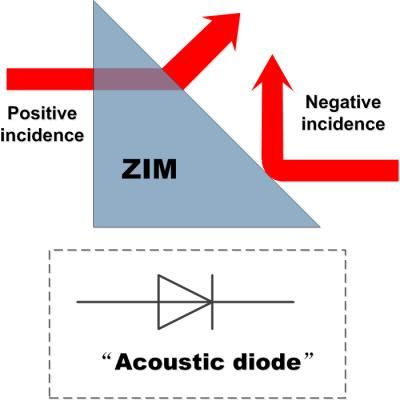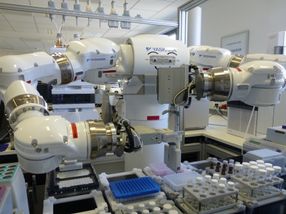Exonhit Announces Successful Completion of the Second Phase of EHT Dx14 Clinical Validation
EHT Dx14 determinates the exact nature of breast tumors in more than 90% of cases
Following the first data in benign and malignant fine-needle aspiration (FNA) samples, Exonhit announced successful completion of the second phase of the validation study of EHT Dx14, a new transcriptomic signature allowing to differentiate, at molecular level, benign breast tumors from malignant ones.
“These excellent results confirm EHT Dx14 ability to identify in almost 80% of indeterminate FNA samples the exact nature of breast tumor. These results combined together with those obtained in benign and malignant FNA samples give a global performance greater than 90% for the test, “ said Loïc Maurel, M.D., President of the Management Board of Exonhit. “EHT Dx14 development demonstrates the power of our technology in the development of high performing molecular signatures.”
“These results show that EHT Dx14, in association with cytological analysis, could become an alternative to the use of breast biopsies in a large number of cases. They also open very interesting perspectives for strengthening cytology positioning in its contribution to establishing breast cancer diagnosis,” added Philippe Vielh, M.D., Head of the Cytopathological Unit in the Department of Biopathology at the Institut Gustave Roussy in Villejuif (France).
EHT Dx14 clinical validation was a two-step process. It first demonstrated in an independent set of malignant (47) and benign (47) FNA samples coming from the Institut Gustave Roussy biobank, a specificity of 91.5% and a sensitivity of 97.9%.
The purpose of the second validation step was to demonstrate the added value of the test in the discrimination of 55 “difficult” samples for which the cytological analysis did not allow to conclude as it relates to the malignant or benign nature of the sample. The results showed a specificity of 81.8% and a sensitivity of 77.3%. Hence, when cytological analysis gives indeterminate results, EHT Dx14 is able to define the exact nature of breast tumor in close to 4 cases out of 5.
By projection, taking into account the expected frequency of uncertain diagnosis in the general population, the adjusted global performance of EHT Dx14 is 93.4% (post hoc analysis); its specificity is 90.7% and its sensitivity, 96.1%. The test performance adjusted to the Institut Gustave Roussy prevalence is greater than 90% hence demonstrating the excellent performance of EHT Dx14 on the global FNA population processed at Institut Gustave Roussy.
Most read news
Other news from the department research and development

Get the analytics and lab tech industry in your inbox
By submitting this form you agree that LUMITOS AG will send you the newsletter(s) selected above by email. Your data will not be passed on to third parties. Your data will be stored and processed in accordance with our data protection regulations. LUMITOS may contact you by email for the purpose of advertising or market and opinion surveys. You can revoke your consent at any time without giving reasons to LUMITOS AG, Ernst-Augustin-Str. 2, 12489 Berlin, Germany or by e-mail at revoke@lumitos.com with effect for the future. In addition, each email contains a link to unsubscribe from the corresponding newsletter.
Most read news
More news from our other portals
Last viewed contents
A big step towards the redefinition of the kelvin - PTB scientists determine a new value of the Boltzmann constant

World's first video recording of a space-time crystal - Periodic pattern consisting of magnons is formed at room temperature
Odorant shape and vibration likely lead to olfaction satisfaction























































